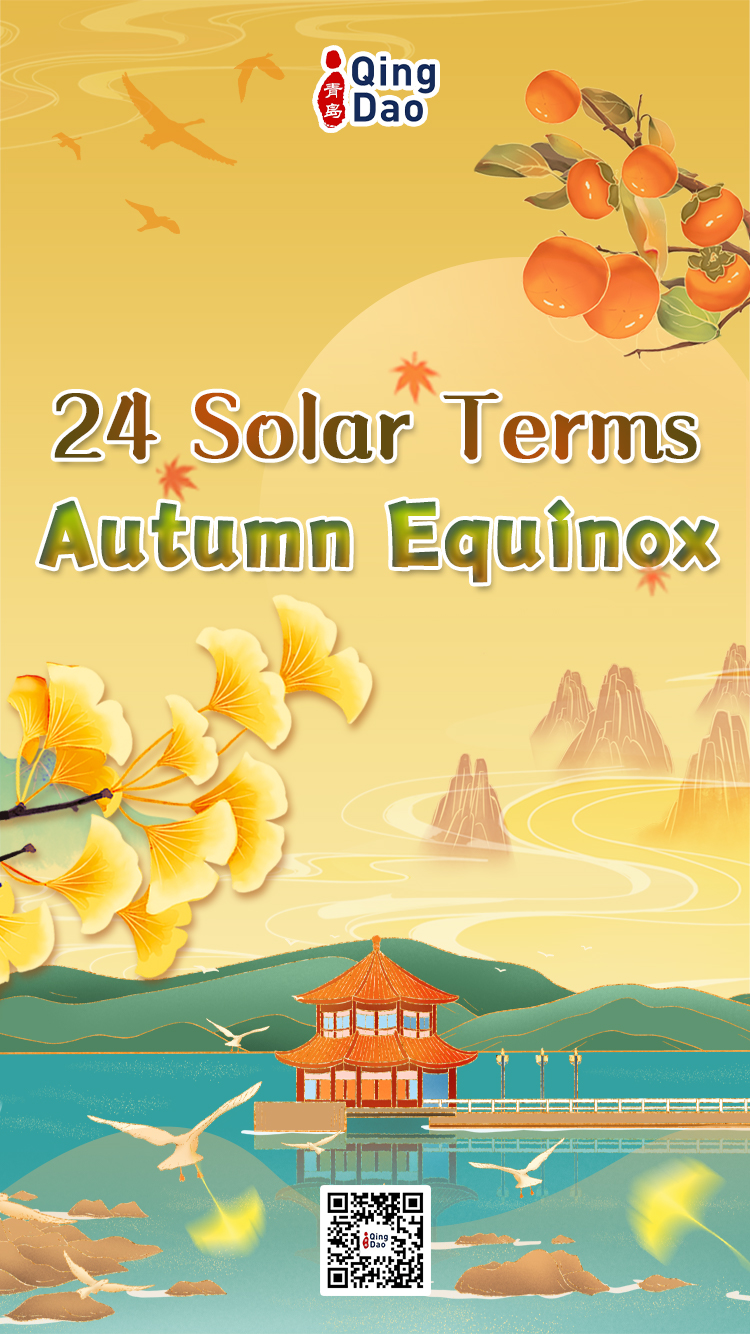Autumn Equinox, one of China's traditional 24 Solar Terms, falls on September 22 this year. On this day, the sun is directly at the Earth's equator. The day and night are almost equal across the globe, after which days begin to be shorter and nights longer in the Northern Hemisphere. In traditional Chinese culture, the Autumn Equinox is not only an important agricultural solar term but also carries rich culture and customs.

People believed that yin and yang were balanced at Autumn Equinox in ancient times, so there was the tradition of worshiping the moon. As the Mid-Autumn Festival on the 15th day of the lunar month became better known, the custom of worshiping the moon on the Autumn Equinox was gradually replaced by the Mid-Autumn Festival. However, in some regions, such as the South of the Yangtze River, there is still a moon ceremony where people worship the moon on the day of the Autumn Equinox to pray for family safety and harvest.
In addition to worshiping the moon, there is also the custom of eating autumn vegetables on the Autumn Equinox. The autumn vegetables refer to various vegetables that are fresh in season, such as lotus roots, pumpkins, white radishes, etc. These vegetables not only taste delicious but also have the effect of clearing heat and detoxicating, moistening lungs, and arresting cough, which is suitable for autumn.
Autumn Equinox is also one of the busiest periods of the year when farmers harvest the wheat and prepare for the sowing of winter wheat. To celebrate the harvest, people in some areas hold the Autumn Harvest Festival to express gratitude to nature through songs, dances, operas, and other forms.
(By Qu Huili/Qi Qian)




